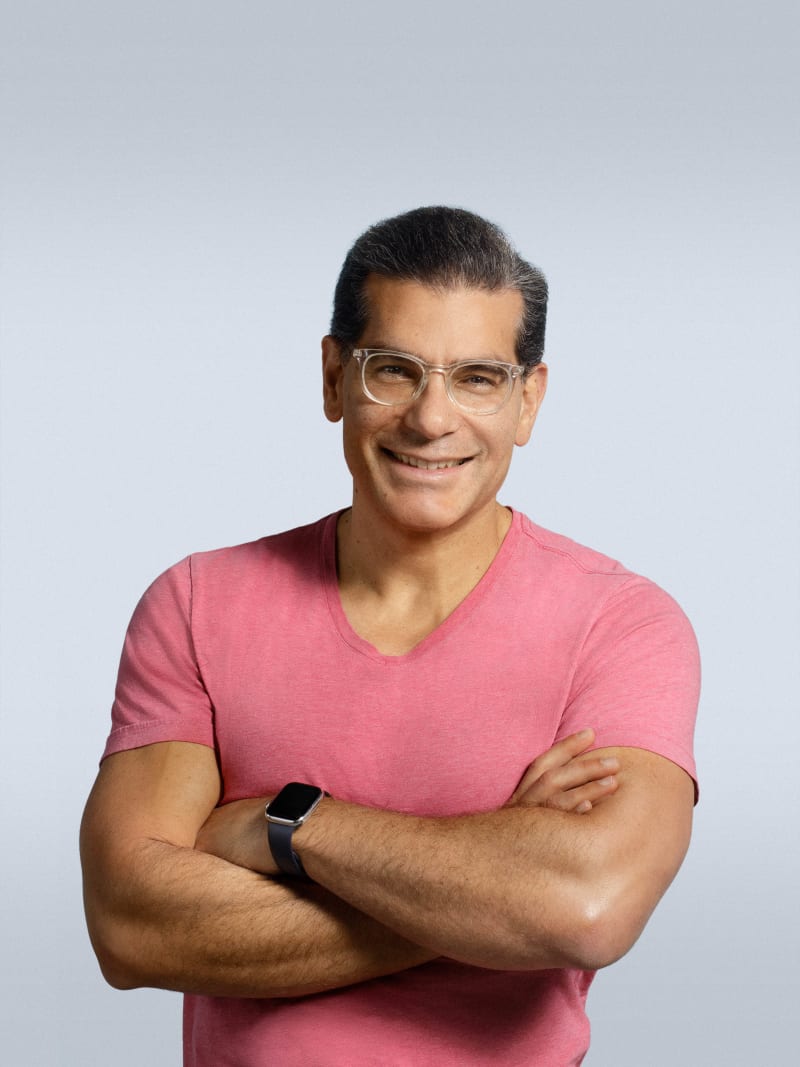Accelerating Autonomy to Every Car
Lux Capital invests in Aeva, empowering machines to sense their surroundings as we do
Autonomous cars need finely-calibrated sensors to function safely in changing, unforgiving environments. In addition to being cheap and reliable, they must enable the vehicle to be deployable without being overseen by an army of PhD roboticists. As big sensor companies continue to make incrementally better sensors, the onus is upon a startup with the audacity to rethink how autonomous cars sense and perceive their surroundings.
As an engineer at General Motors, I witnessed the challenges suppliers face selling into the autonomous supply chain. Which is why, after a decade of having seen countless interesting ideas for radar, lidar, and and computer vision, we chose not to invest in any of them. Furthermore, the automotive supply chain has historically been a buzzsaw for startups: slow-moving, allergic to risk, and price-sensitive to the point where many new entrants wonder what possessed them to pursue it in the first place. Risk-aversion is to the extent where car companies prefer access to multiple vendors over whiz-bang technology. It’s little surprise that historically, manufacturers have relied on clever branding, marketing, incentives, and gimmicks to attract buyers into their showrooms.
However, times are changing for big car companies and their suppliers: Ride-sharing has gone from niche to mainstream, and automated cars have gone from possibility to inevitability. Automakers know that the status quo will move away from carmakers that are faster at slapping metal and plastic together, to those that offer quality, inexpensive transportation. The automotive business of the future is transitioning from moving metal to moving people, literally and metaphorically. In fear of being put in the same perilous position as their own suppliers by the likes of Uber and Zoox, conventional car companies are clamoring for the technology that would put them in a position of strength. Meanwhile, big players in other industries, such as Google, Baidu, and Tencent, are also exploring getting into the transportation game. They are accelerating design cycles, taking risks on new technology, and putting their balance sheets to work.
When we were introduced to Aeva cofounder Soroush Salehian by our friend Tommy Leep, we took the meeting to help an aspiring young entrepreneur. Expecting to give advice, and perhaps even talk him out of it, we found our skepticism being challenged by the vision (no pun intended) for Aeva; to bring perception to robots as WiFi chips brought connectivity to everyday products. Soroush and his cofounder Mina Rezk proposed a new type of sensor that immerses robots in a way that is not possible with conventional sensing technology.
Aeva has delivered a single sensor that empowers a machine to perceive its surroundings, like humans do, but with far greater fidelity. Aeva is simplifying autonomy by putting more perception into the sensor, with the goal of making “autonomy” as simple an add-on as Broadcom and Qualcomm have done with “internet connectivity” for portable devices.

Aeva does more than just collapse a few sensors into one: it relaxes the requirements for all sensors and simplifies the autonomy stack as a whole. Furthermore, Aeva eliminates the multi-sensor calibration challenge that remains unsolved today. Aeva enables an unprecedented level of perception by not only natively measuring how surrounding objects are moving, but potentially predicting their trajectories.
Venture capitalists, seizing the opportunity, have forked over hundreds of millions of dollars to fund companies that build better lidar, radar, computer vision, maps, tele-operations, and simulators; all of these offer point solutions to the very complex problem. Unfortunately the boundaries of each solution are not well-understood. Startups are still figuring out the nature of the system they will be integrated into, as Waymo, Cruise, Zoox, Aurora, Argo, and other leaders may be forging their own paths with their own proprietary architectures. It could turn out that many of these new gadget and software licensing companies are end up no different from their predecessors selling brake lining and infotainment systems. Perhaps others, like Aeva, by offering a modular solution that simplify big problems, can emerge as dominant companies in the space.
Over the past 18 months, Soroush and Mina have assembled a cognitively diverse, world-class team of all ages, technical backgrounds, and life experiences. Aeva is partnered with key automotive and ride-sharing companies that represent many millions of units per year. We are proud to be partnered with Soroush and Mina on their journey as they grow a magical organization making impossible robots, possible.

